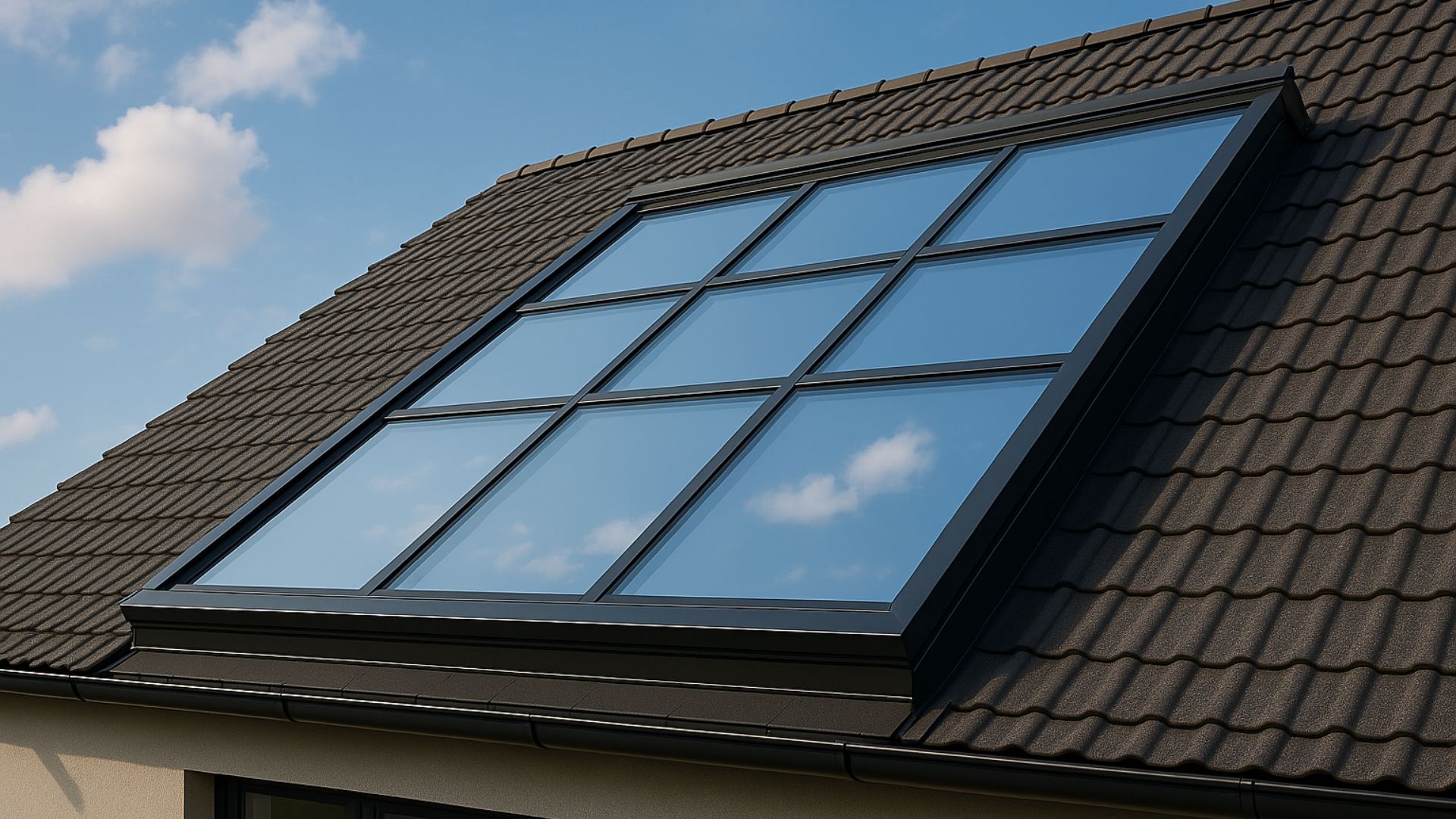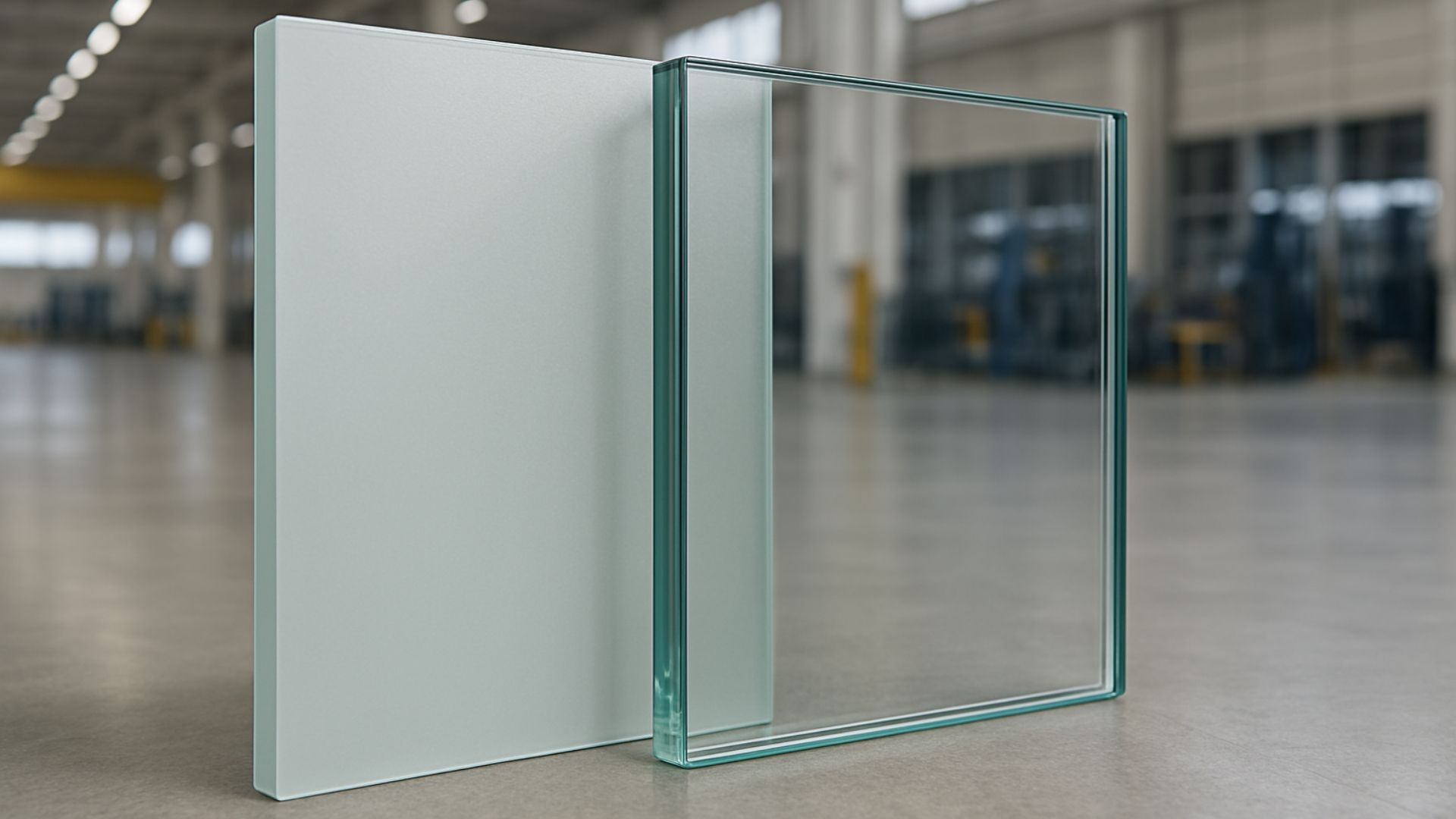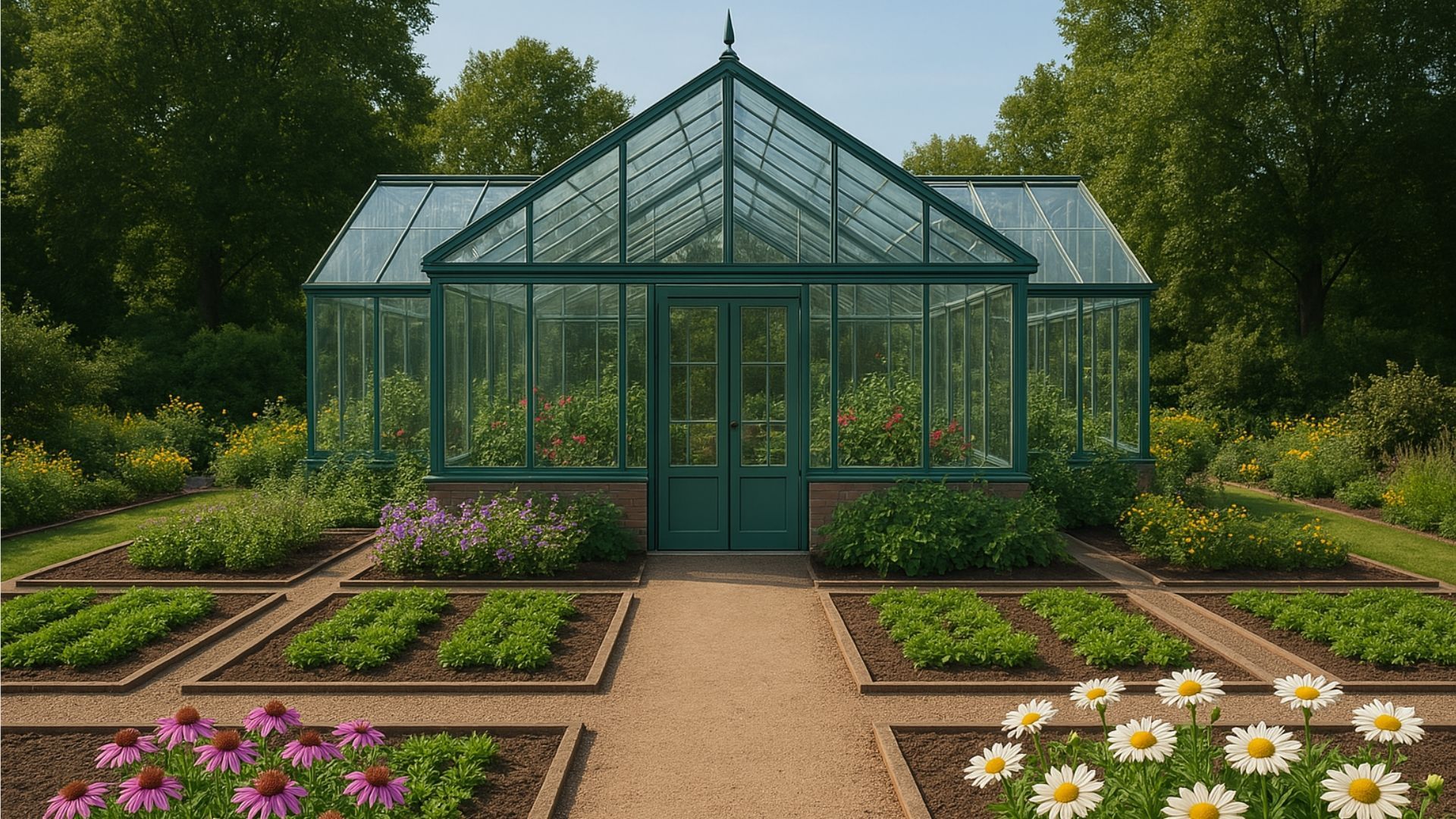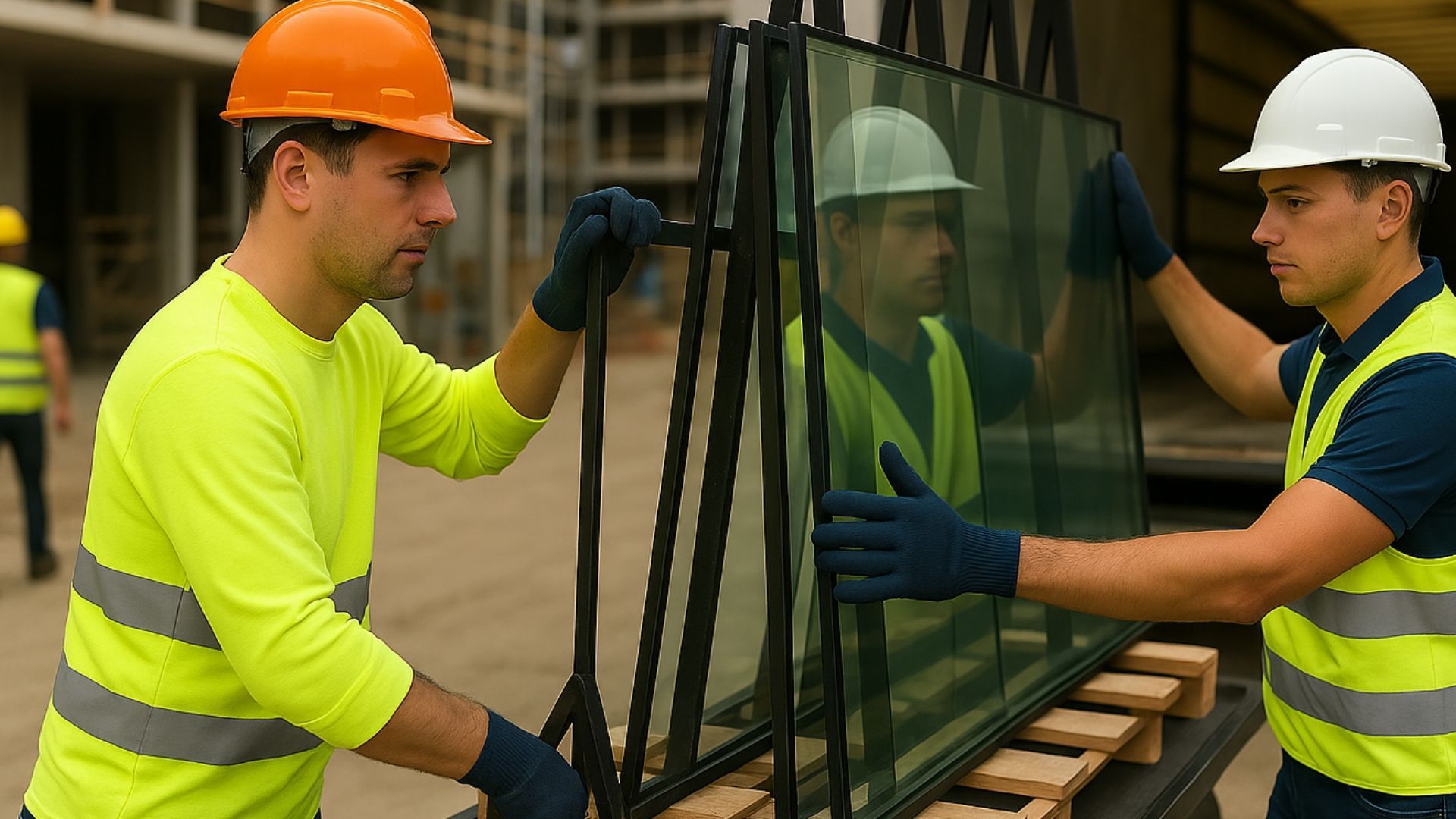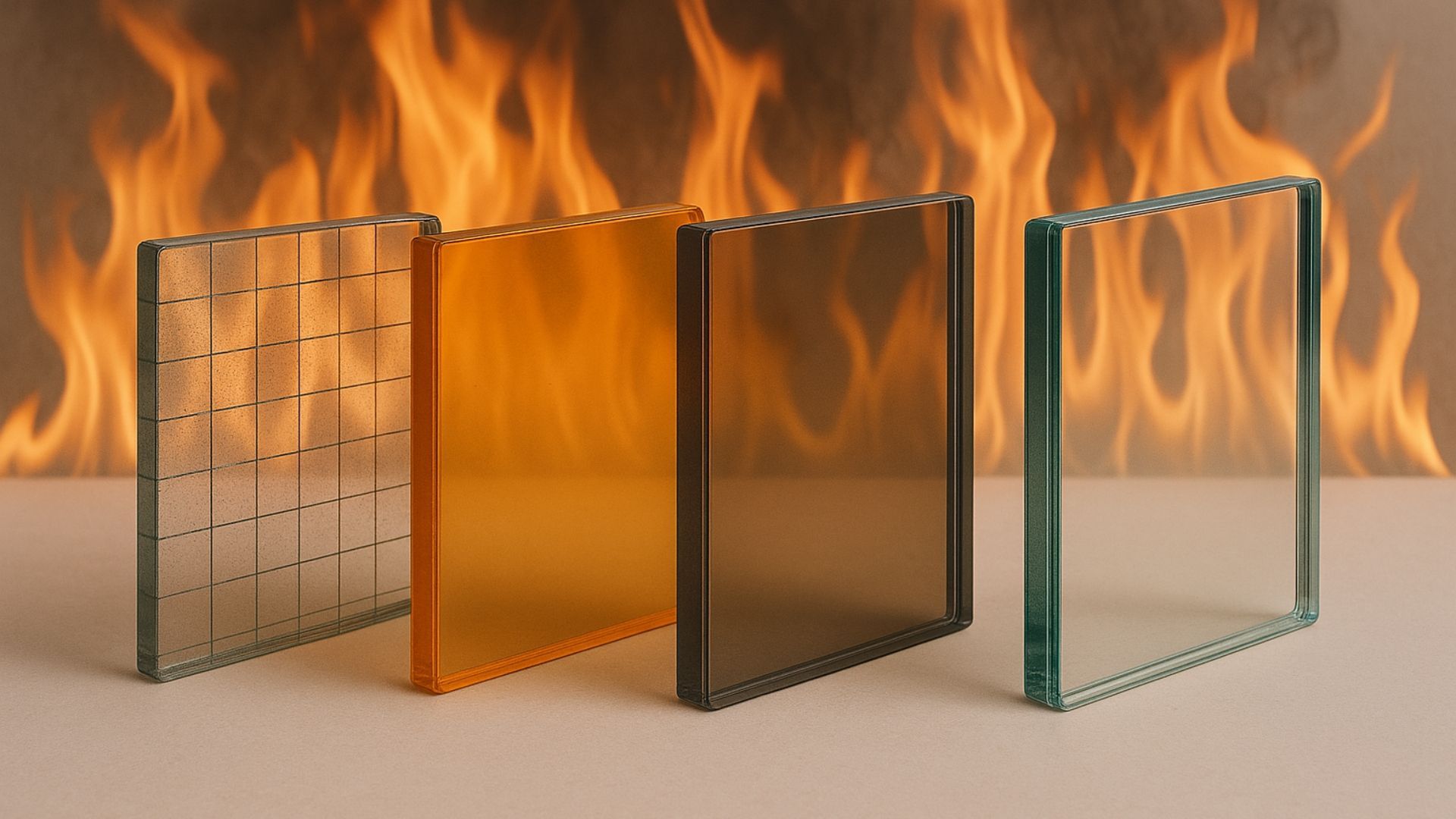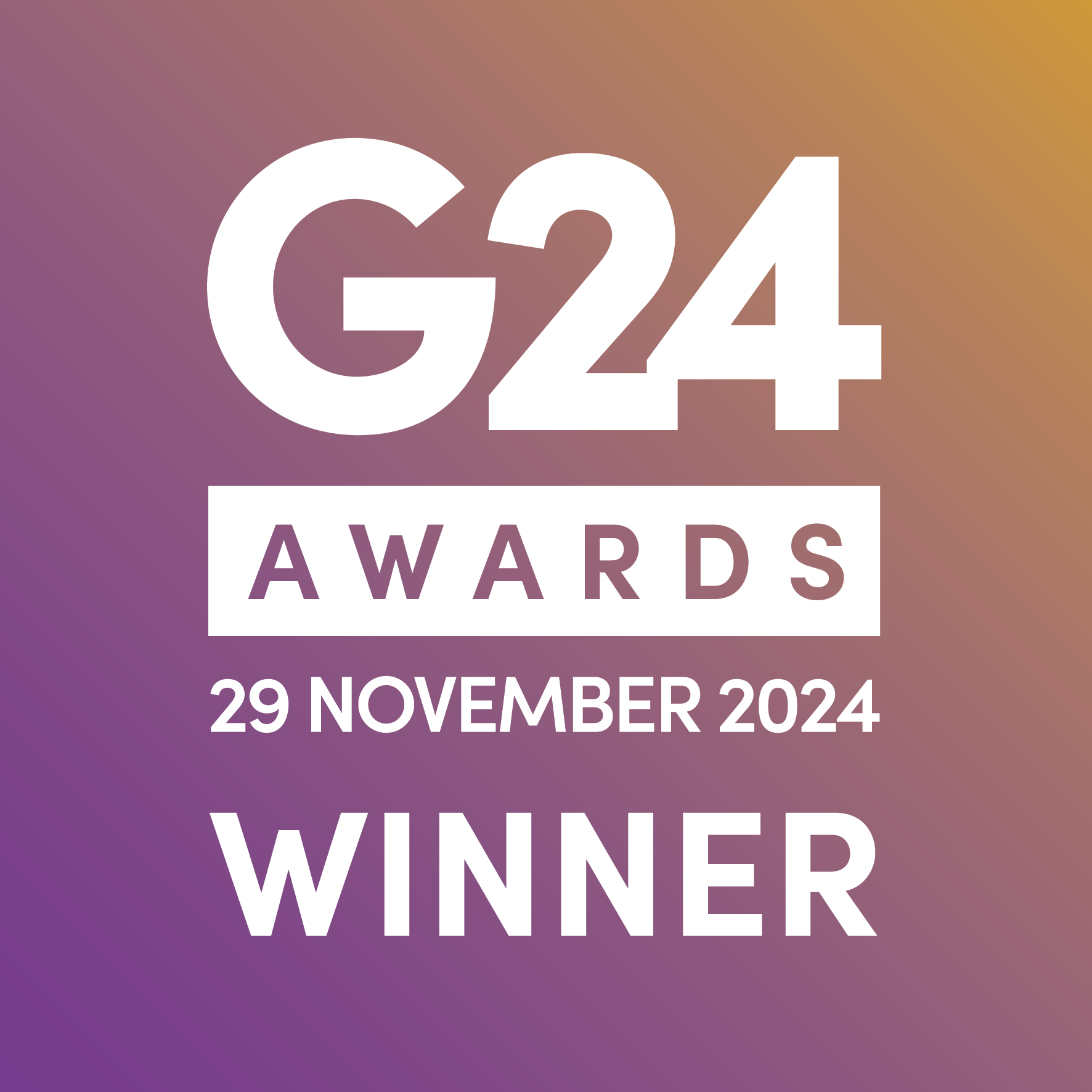Glass screen printing vs digital printing
Share this blog:
Want to get a design printed onto glass? Discover the pros and cons of digital printing and screen printing.
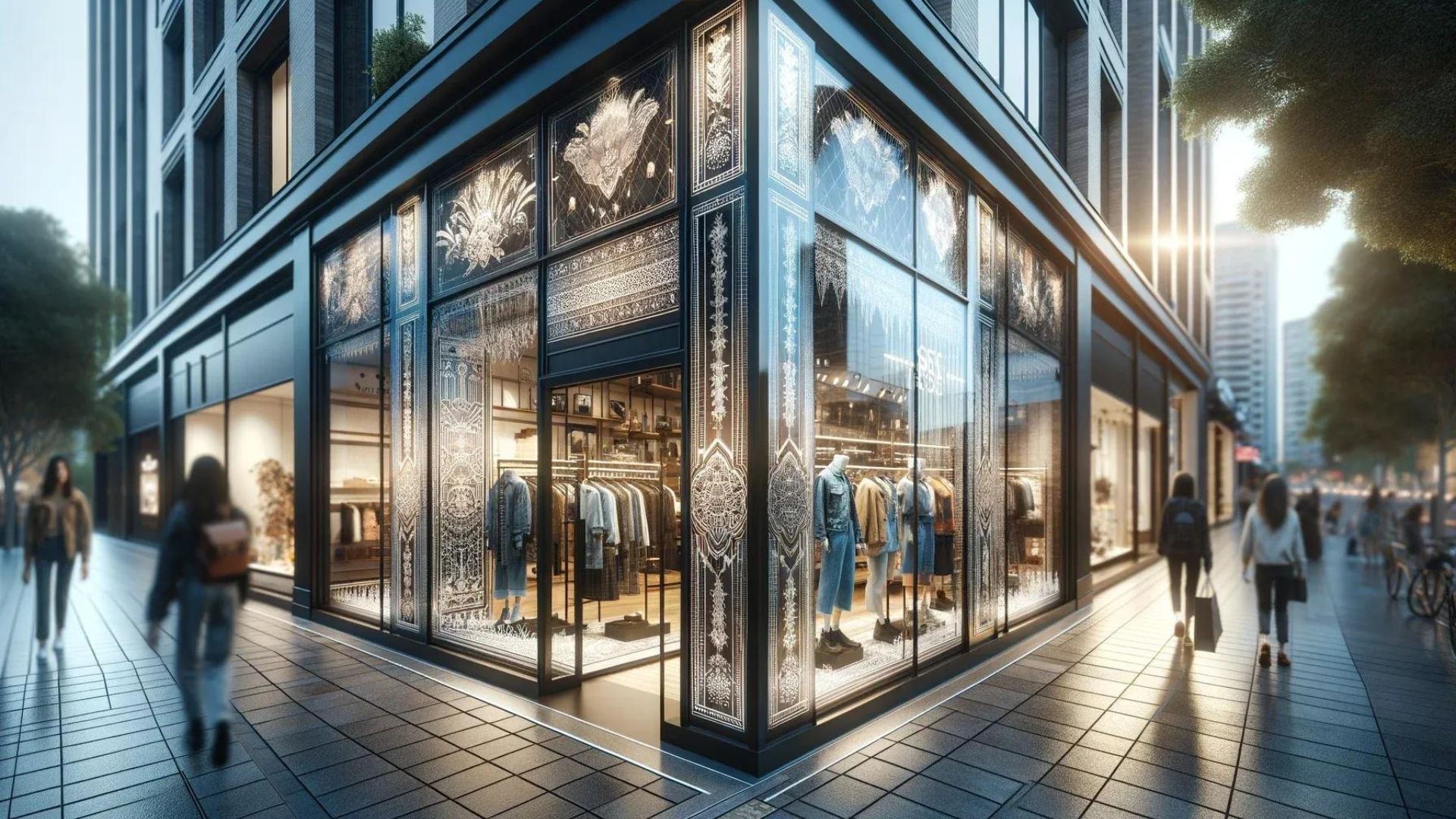
From one point of view, glass is one of life's constants – as familiar a part of everyday life as grass, water and the smile on a baby's face. But for such a fixture, it's changed a lot over the years.
You can see this clearly when you look at the methods used to superimpose text or images onto glass. Today, glass processors use screen printing and digital printing: methods unknown to the glass-blowers of yore.
Not only that, but the glass itself is tougher and more energy-efficient than ever. Truly, today's glass is an unsung hero in both domestic and corporate building design.
If you're looking to get a design printed onto glass, you might be trying to decide between screen printing and digital printing. What, exactly, is the difference? Surely they both lead to the same outcome?
Well, yes and no. Both are widely accepted methods used in all sorts of applications. However, each method is more suitable for different use cases.
In this article, we explore the differences between the two methods – and which you should choose for your glass installation project.
What is screen printing on glass?
Screen printing is a print technique that's been used for years. At its most basic, it's a form of mechanised stencilling.
First, a stencil design is created on a fine mesh. Layers of ink are pushed through this stencil onto the glass. Areas of the glass that are to be left blank are blocked out with an impermeable substance.
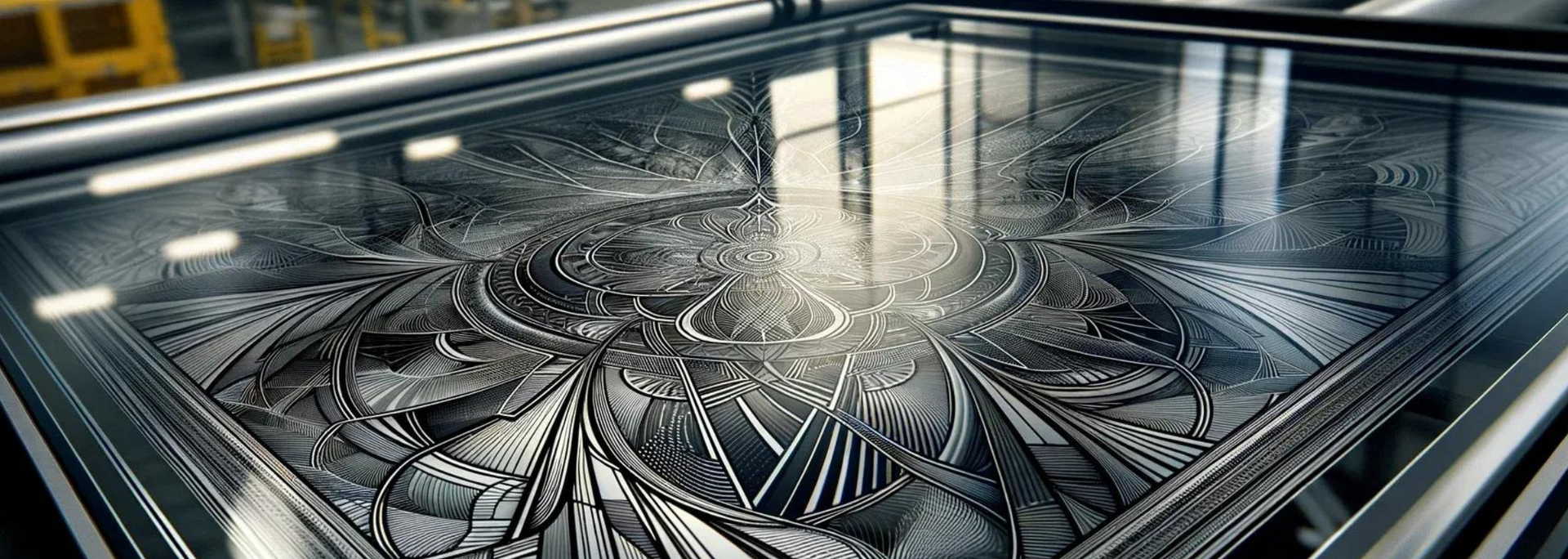
Screen printing produces great results – and if you're printing in bulk, it can be highly cost-effective. What's more, screen printing allows for full ink coverage. Your design can reach all the way to the edges of your glass sheet.
However, it has one big limitation. No matter what material you're printing onto, you can use a maximum of four colours.
This means two things. First, it's not ideal for short runs. Secondly, it produces simpler designs than digital printing.
For many businesses and homeowners, this is just what's required. But for others, digital printing is more appropriate, both in terms of budget and appearance.
What is digital printing?
As the name suggests, digital printing is a more recent technique than screen printing. It involves creating an image on a computer and directly printing it onto glass using either a laser jet or inkjet printer.
There's a key difference between screen printing and digital printing, and it relates to the way the ink interacts with the glass. With screen printing, ink is adhered to the glass. Digital printing, by contrast, involves infusing ink in the glass.
This means that a digitally printed design will last as long as the glass itself. It's permanently bonded to the glass. Traditional screen printing doesn't have this luxury and will fade over time.
At ToughGlaze, however, both our digitally printed and screen-printed designs use ceramic inks that bond with the glass and are extremely long-lasting.
Digitally printed designs can be more complex and detailed than their screen-printed counterparts – not least because you can use more than four colours. If you work with the right processor, you can get photorealistic designs. As well as providing you with more detail, you can also mimic textures such as wood and marble.
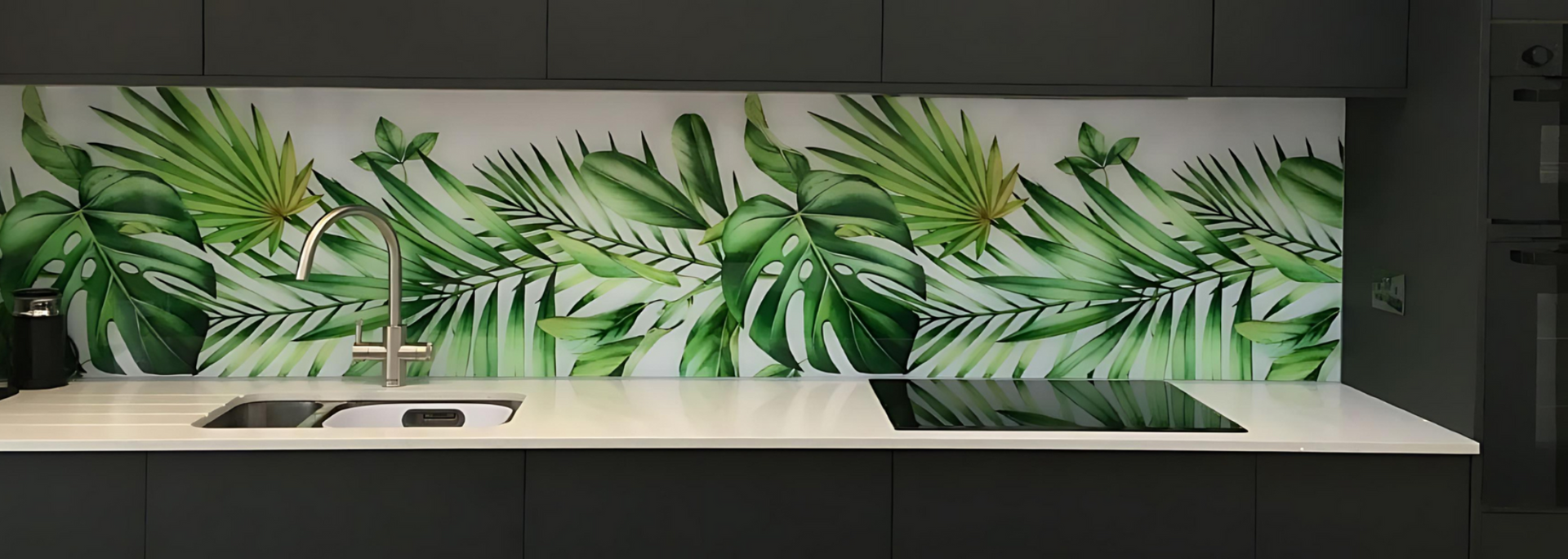
Compared to screen printing, digital printing is quick, cheap and easy to set up, making it perfect for short runs. It's ideal for transferring photo-quality images with no sacrifice to quality. It's also easier to customise than screen printing, which tends to involve a fixed design printed in bulk.
Which method is best for you?
Both screen printing and digital printing are highly reputable methods that produce eye-catching results. However, they're each suited to different use cases.
When choosing between them, your best bet is to know exactly how you want the design to look – and how many units you're ordering.
If your design has lots of colours and lots of detail, digital printing is the way to go – especially if you're looking for a short run. It's not unlike using an office printer – only the results are far more impressive.
It's also easy to vary across an order. If you're buying glass signage for an office, say, you might want multiple bits of text on different sheets of glass. This is far more cost-effective to do digitally than through screen printing.
If, however, you're looking for a design with just a few colours or you need full ink coverage, screen printing is best – especially in bulk. It can also be the most affordable method for simple and monochrome logos and other designs.
It's worth remembering that you don't need to use one method exclusively. Many clients will order a mixture of screen-printed and digitally printed materials.
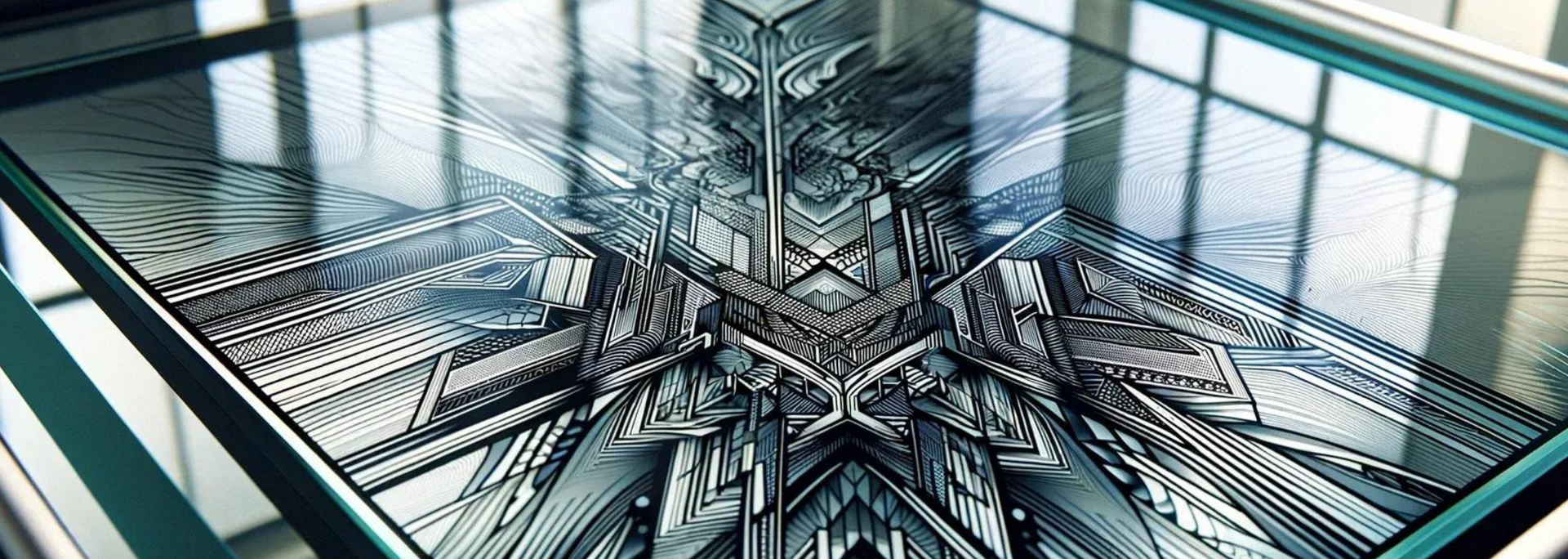
Still unsure? Speak to a glass processor about your options. They'll be able to find the method that best fits your project.
What can glass screen printing and digital printing be used for?
The beauty of glass screen printing and digital printing is its versatility. Put simply, if it's made of glass, it can be printed – whether you're getting your design printed on a single glass sign or an entire facade.
Shops can be fitted out with printed storefronts and cabinets displaying information for customers, brand messaging, logos and more.
Offices can print their glass partitions, signs and other pieces of structural glazing with directions, slogans and logos. This can be a great way to consolidate your brand identity within a workplace environment.
Finally, homeowners can have images and text printed onto shower doors, kitchen splashbacks and even windows.
As with so much decorative glass, the options are pretty much limitless. Where will printed glass take you?
What we offer
At ToughGlaze, we provide made-to-measure, high-quality digitally printed and
screen-printed glass. Both products (TG SP and
TG DP respectively) give you durable, long-lasting inks that last as long as the glass itself.
Our screen-printed glass at Heathrow's Terminal 2 is seen by thousands of people each day. Meanwhile, we can digitally print designs at up to 720 DPI onto toughened, laminated or annealed glass.
So if you're looking for high-quality screen-printed or digitally-printed glass, don't delay.
Get in touch with ToughGlaze today for a quick, competitive quote.
